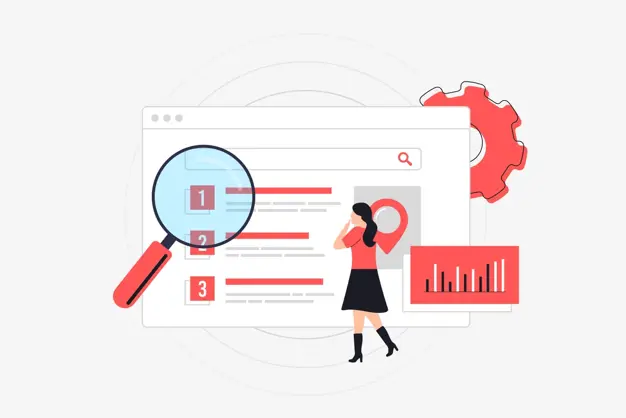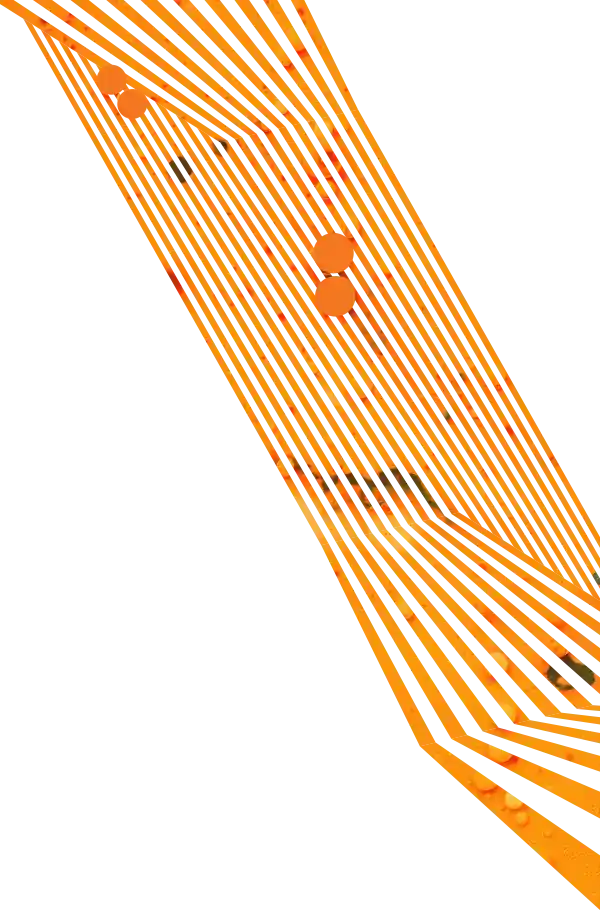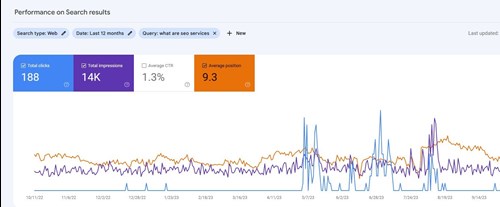
Google Rankings Explained: Why Rankings Change (and What to Do About It)
Why do your Google rankings rise one week and fall the next? Discover what’s really behind the shifts – and how to stay ahead in today’s SEO landscape. …


As search engines continue to evolve and force marketers to adapt, so too should your internal linking strategy.
Internal linking is often one of the more underutilized SEO tools in a digital marketer’s arsenal, and building a strong internal linking system can play a pivotal role in supporting your overall content marketing strategy. Let’s look at the importance of internal linking, how to approach it, and what steps you can take to improve your website’s link authority.
Internal links are hyperlinks that point to another page on the same website, allowing both users and search engines to find additional content on your website. External links, by contrast, are links that point to other websites. Both Google and site visitors use internal links to navigate through your website, learning more about your services and offerings.
There are typically two types of internal links – structural and contextual. These two types of links work together to allow users to navigate a website and help spread link equity.
A good internal linking strategy includes both types of internal links. These links allow search engines to determine what content on your site is related and how valuable that content is. The more links a significant page receives, the more important it will seem to search engines. That connection is why good internal link mapping is crucial to your SEO strategy.

Internal links are an essential factor for improving both the user experience as well as your SERP rankings. Google has used internal links as a key ranking factor for a long time. While the basics haven’t changed, its role has evolved.
If you haven’t heard yet, the rise of AI and zero-click search has changed digital marketing as we know it. Google is focused on semantic search, user intent, and helpful content, and your use of internal links can help you signal your content as an essential or high-value article.
What’s also great about internal links is that you’re in complete control of your strategy. You can prioritize the most important pages on your website with the correct internal links and create new content to support your strategy. These endeavors can turn internal links into a strategic tool for:

While creating an internal linking strategy may seem as simple as clicking a button to create a hyperlink, there are several factors you’ll want to consider to truly optimize your internal linking strategy. Let’s take a look at some of the best practices and how they can improve your website.
Once you have decided which links should be on which page, you’ll need to write anchor text. This is the visible text that visitors see when clicking on a link, and the copy you choose to highlight makes a difference.
Anchor text should clearly set expectations for the destination readers will reach when they click a link. According to Google, good anchor text is descriptive, concise, and relevant to your content to align their expectations with searcher intent. That means you should avoid vague phrases like "click here" and instead opt for intent-rich descriptions:
❌ Rather Than: Click here to learn more
✅ Go with: Explore our small business local SEO checklist
In general, internal links placed near the top of the page tend to get more visibility. However, you want to balance high-value placement and natural writing, as shoving a lot of anchor text at the beginning of a page won’t look good to both humans and robots. The next time you’re adding internal links, try:
Building topical authority is one of the best ways to help your business combat Google’s volatile search rankings. Creating hubs of content allows you to support customers throughout the digital marketing funnel, while helping search engines better understand how your site can help users. For example:
By creating multiple pages, posts, and other pieces of content aligned with this pillar, you set yourself up as an expert in that field. Furthermore, these pieces of content can link back to the main pillar page and other related pages both inside and out of that hub, allowing you to build authority, spread link equity, and keep users on your site.
While adding internal links is immensely important, you also need to show some restraint. Too many internal links on a single page can overwhelm readers and send mixed messages about your page’s priorities. Here are a few ways that you can maintain balance:
While there is no hard cap for how many links you should include, the goal should always be clarity and utility over volume. If you ever think “is this too many?” the answer is probably yes.
Broken links happen for several reasons, so you need to ensure that no page is left behind. A recurring audit and help you identify the following issues:
Finding and fixing these links create a smoother experience for users and crawlers. A quarterly audit can help you capture and address issues in a timely fashion, while tools like Screaming Frog and Ahrefs can help streamline the process.
AI has forced digital marketers to adapt their methods, and internal linking is no stranger. All content must be made with the rise of AI-generated answers and voice search in mind, which means structuring content and links to be easy to crawl and skim for robots and humans alike.
✅ Do This
❌ Avoid This
Internal linking isn’t just about improving rankings – it’s about crafting a connected, useful experience for your audience. With the user-focused strategies and AI-driven best practices, you can transform your internal links into a high-impact tool for digital success.
Need some help taking your SEO strategies to the next level? Contact Aztek to learn how we can elevate your SEO and content marketing efforts.
